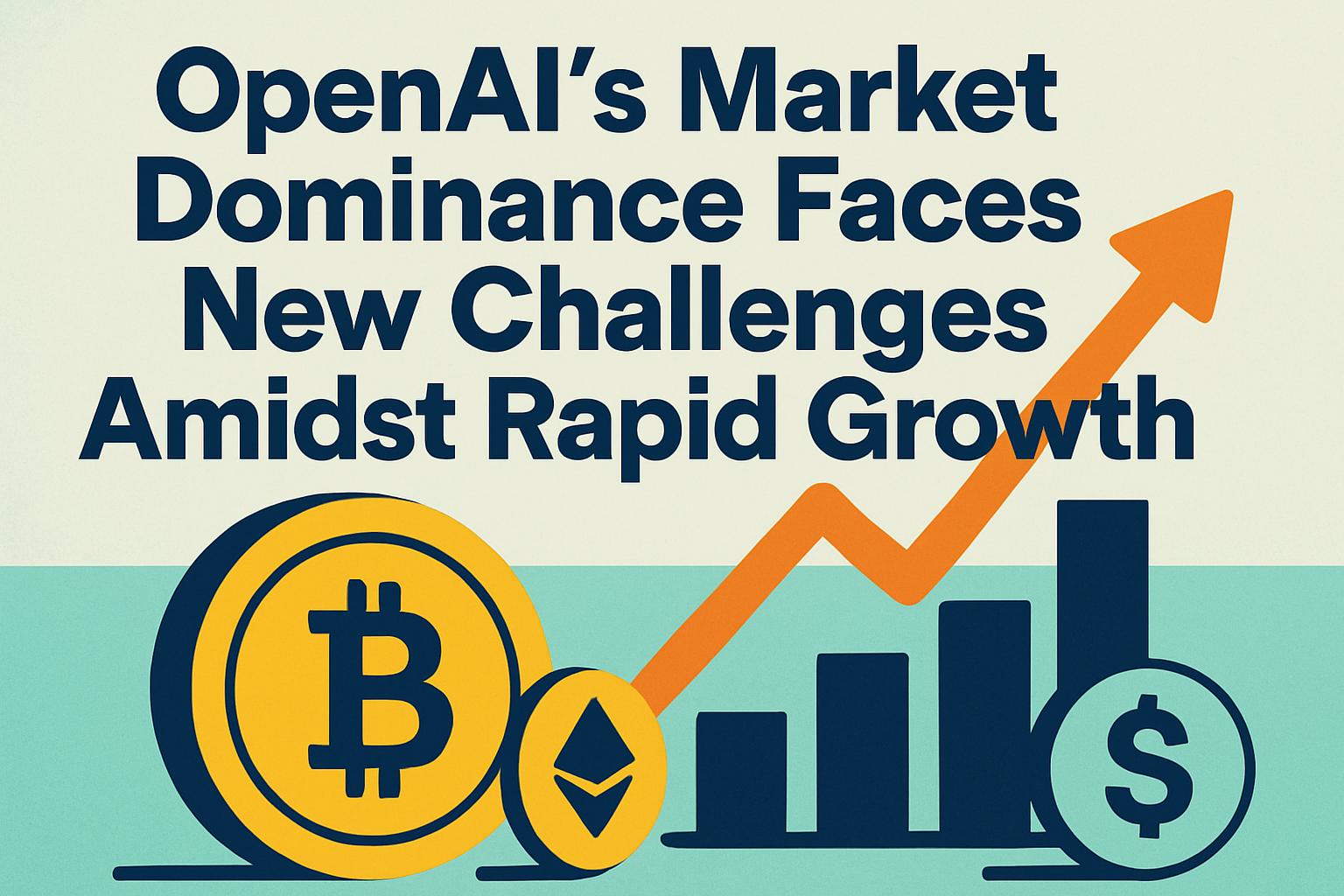The AI landscape is evolving at a breathtaking pace, positioning OpenAI as a frontrunner in this global revolution. Garnering nearly 80% of the market share for core AI model visits, OpenAI has seized the spotlight, outshining competitors, including Google’s Alphabet. Despite its commanding presence, new hurdles loom on the horizon.
Market Leadership and Growing Concerns
OpenAI’s ChatGPT model is at the forefront, dominating the market with its innovative approach and advanced functionalities. Yet, as outlined by JP Morgan’s recent report, the very innovation that set OpenAI apart is potentially under threat. The financial giant warns that the company’s edge might be eroding, with the novelty of its latest iteration, GPT-5, failing to astound users as previous versions did. This indicates a risk of regularization, where innovation becomes just another market commodity.
Innovation & Model Commoditization
The challenge for OpenAI is clear: to maintain its leadership, it must evolve beyond merely developing superior models. Analysts suggest a shift towards becoming a versatile, product-oriented organization could be integral to sustaining its competitive moat. As seen in the past with tech giants, the ability to diversify and integrate offerings has been pivotal in maintaining market superiority.
Insights from Industry Thought Leaders
Not all experts agree with JP Morgan’s cautious outlook. Robert Siegel of Stanford University posits that user loyalty and engagement are key components of OpenAI’s competitive advantage. As AI models become more ingrained in daily use, their ability to adapt and personalize user experiences creates a reluctance to switch to alternatives.
- ChatGPT’s rapid adoption from launch, hitting a million users in mere days, underscores this stickiness.
- The firm’s robust capital reserve further strengthens its market foothold.
OpenAI has effectively used its financial backing to maintain an aggressive expansion strategy, ensuring it stays ahead of burgeoning competition.
The Road Ahead: Challenges and Considerations
Nonetheless, the landscape is not without its trials. The rise of open-source models, like DeepSeek, poses a potential threat by delivering comparable results at reduced costs. Additionally, the influx of numerous AI startups could dilute venture capital availability, potentially slowing OpenAI’s expansion.
Governance also poses a concern, with OpenAI’s unique setup blending nonprofit and for-profit structures possibly discouraging profit-driven investors. As the sector matures, OpenAI must navigate these waters with strategic foresight to ensure its equilibrium.
In conclusion, while OpenAI currently enjoys a privileged status within the AI industry, its future dominance depends on adapting to these multifaceted challenges. Watching how OpenAI navigates these waters will prove instructive as the AI landscape continues to unfold.

![[News] Bitcoin at a Turning Point? 10x Research Signals a Bullish Macro Shift Ahead](https://cryptoexplores.com/wp-content/uploads/2025/06/new20250616.jpg)
![[News] Binance Lists $HOME, the Gas-Free, Bridge-Free All-in-One DeFi App](https://cryptoexplores.com/wp-content/uploads/2025/06/news20250617.jpg)